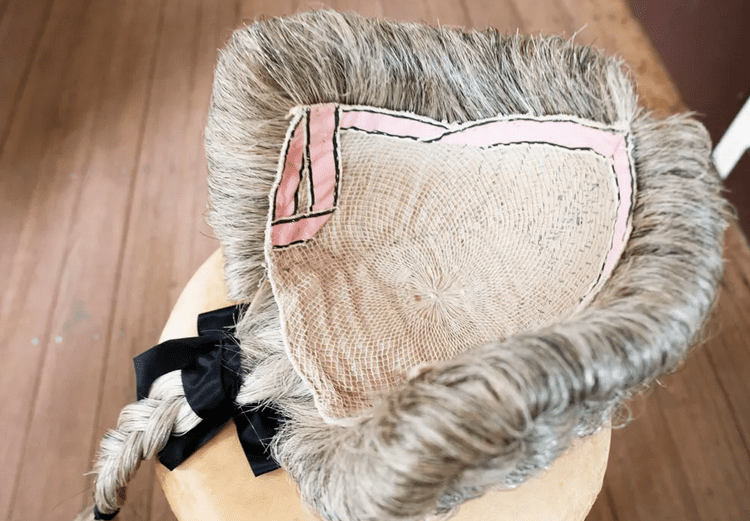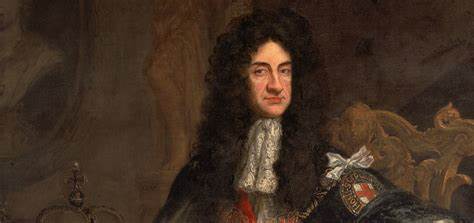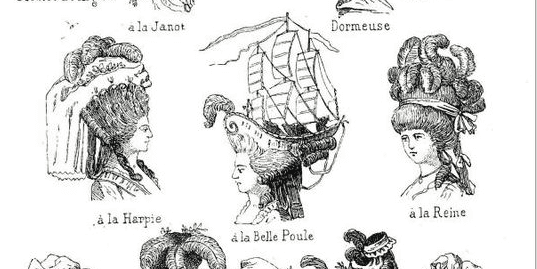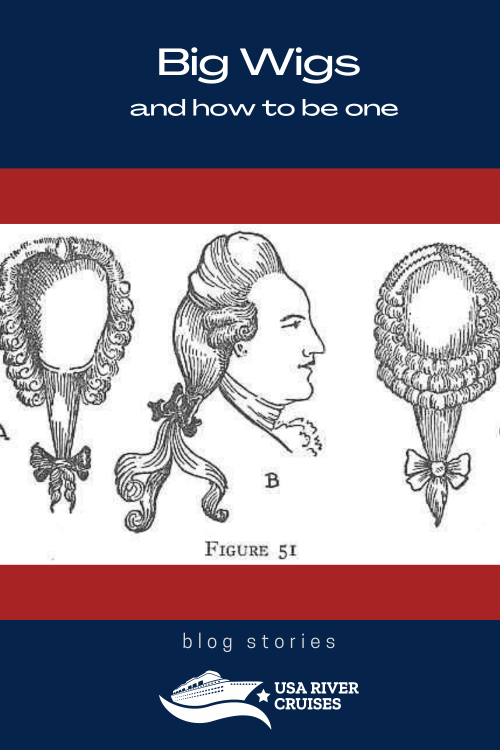
Or Big Wigs and How to Be One
by Dawn Woolcott
When you look at a painting of the Founding Fathers of America, first you see the fashions. The powdered wigs, the frilly shirts, the colorful coats, and perhaps the short pants. Popular styles will always evolve and change with the times, but those early Colonial fashions have yet to make a comeback. Who would want to wear a hot and itchy wig if you don’t need to? And why did colonial men and women wear them anyway?
The answer is vanity. While wigs have been in use for centuries, they really gained their place in history in the 1500s. In the mid 1500s, syphilis was running rampant throughout Europe. A disease that spread easily via prostitution, syphilis had very visible symptoms including open sores and hair loss. While the use of prostitutes and having extra marital affairs was not uncommon, hiding your illness was preferable to prevent public embarrassment. There was also the problem of lice. The unhygienic conditions of Europe during this time led many to opt to shave their head to be rid of lice, and a wig could hide the results. When King Louis XIV of France began losing his hair by the age of 17, he opted to take to wearing a wig to hide his receding hairline and perhaps, quell any rumors that might damage his authority. His cousin, King Charles II of England soon began wearing a wig himself, perhaps to hide his graying hair. With the monarchs wearing wigs, it quickly became fashionable for all aristocracy and nobility to wear wigs who adopted the wigs to show off their wealth and sense of style.
Big Wigs. The term still remains in use today to describe someone with authority. Even today, British judges still wear ceremonial gray wigs as a symbol of authority. But the biggest wigs of all were the monarchs. King Charles II’s curly wig both showed status and style with his wig falling down well below his shoulders. Marie Antoinette’s wig was fluffed up so high, the hair was often decorated as much as her clothing. It became fashionable for women to display feathers, flowers, and tassels in their wigs. As designs became even more elaborate to out-do their peers, you might even find a miniature ship in the neck-ache-inducing style of the woman sitting across from you at an elegant dinner party.
The popularity of wearing wigs, like most fashions, eventually were taken up by lesser nobility, and to more persons of the middle classes. Wig making and maintenance became a full-on industry unto itself. Wigs were made of goat hair, horse hair, or human hair, woven and knotted around threads which were then attached to a netting that fit the head. The hairs were then curled, dyed, powdered, or styled to taste. If not damaged, they could be restyled as needed to suit the fashion of the day, or as a customer aged, and could last about five years.

The style, color, and form of your wig became a status symbol that showed the world your station in life. You could spend a week to a month’s wages on just one wig. But how did wearing a wig that had been in fashion since the 1500s fall out of fashion at the beginning of the 1800s? The Revolutions. The American Revolution and the French Revolution quickly made dressing in a costume only the wealthy aristocracy could afford not quite so fashionable anymore. The rich and powerful were no longer “in vogue” and not someone you wanted to emulate. Wigs soon became a fashion of the past.
You can learn more about the fashion of wig making during the colonial era on a visit to Colonial Williamsburg. At the Dewitt Wallace Decorative Arts Museum there, they have a living history display where you can watch and learn as wigmakers teach you the art of creating the perfect wig.
Visit Colonial Williamsburg while exploring the Chesapeake Bay area on one of these history-filled cruises:
American Revolution Cruise
Roundtrip Washington, D.C.
- 10 Nights
- October 31, 2024,November 10, 2024,November 12, 2024--
4 more dates available. - From $6,910
- American Constitution
Chesapeake Bay-American Star
Roundtrip Baltimore, MD
- 6 Nights
- October 28, 2024
- From $4,835
- American Star
Chesapeake Bay-American Independence
Roundtrip Baltimore
- 6 Nights
- October 30, 2024,May 3, 2025,May 10, 2025--
1 more date available. - From $4,836
- American Independence





